Articles found in: Philippines
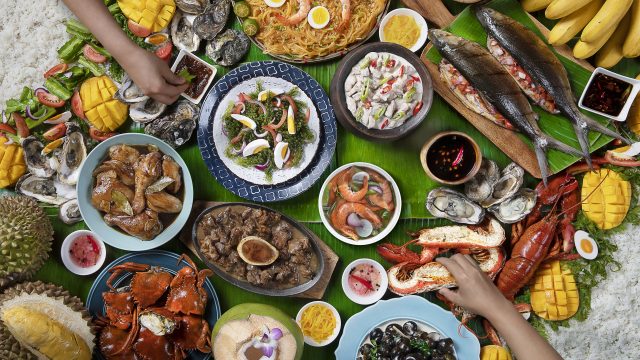
Explore Sustainable Food and Gastronomy Adventures in the Philippines
Published on October 21, 2024
A Journey Through Flavorful Filipino Traditions By: Sarah Mae Lee Monroy, Lead Officer for Cultural Tourism, Philippine Department of Tourism Have you heard of Pancit, Lumpia, Adobo, and Sisig? These delectable dishes might have graced your social media feed or found their way to your plate at a Filipino restaurant. Yet, the Philippines is teeming […]
Keep reading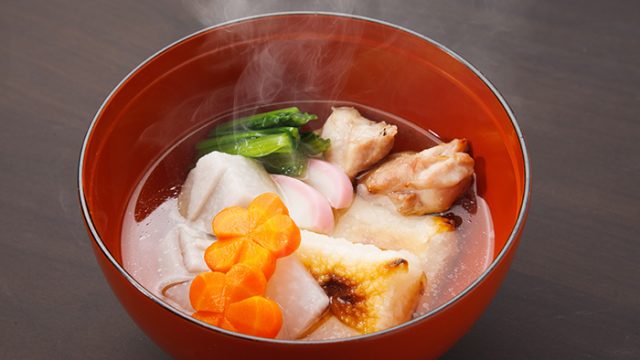
Unexpected Holiday Dishes Around the World – with recipes
Published on December 11, 2023
Unexpected Holiday Dishes Around the World – with recipes By: Gina Bang, Director of Marketing, Avanti Destinations One of the best-loved parts of any holiday is the special food we celebrate with, both savory and sweet. Here, we present 12 holiday specialties – with links to recipes – from countries as diverse as Morocco, Japan, […]
Keep reading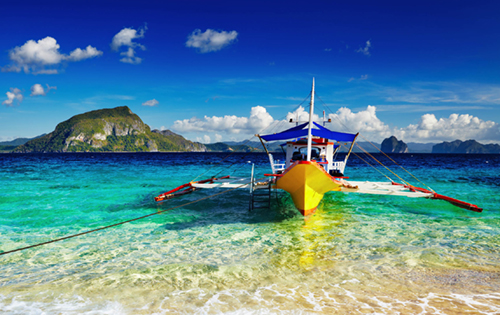
Ideal Island Paradise
Published on August 6, 2018
With more than 7,000 islands, the Philippines has become a bucket list tropical destination in 2018. The Southeast Asian country boasts more than 22,000 miles of coastline with pristine beaches, cosmopolitan cities, rich history, and welcoming locals ready to share Filipino culture with visitors. Credit: Asia Answers Here is a sample of USTOA member […]
Keep reading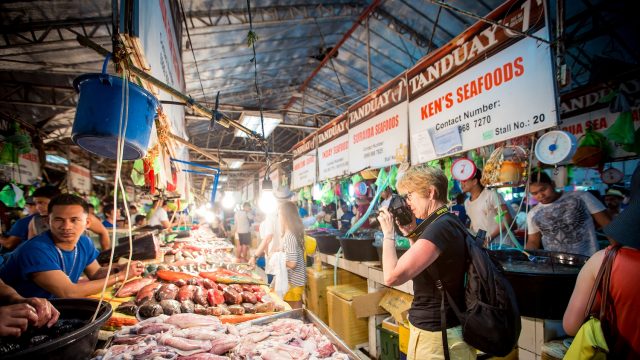
Why it’s More Fun in the Philippines
Published on June 22, 2016
The Philippines is an archipelago of over 7,000 islands offering a unique blend of natural beauty, history, cultural attractions, white sandy beaches, bustling metropolises and so much more. Join Modern Day Explorer Louise Shumbris as she scouts experiences, activities and inclusions for Abercrombie & Kent’s first-ever itineraries to the Philippines. https://www.youtube.com/watch?v=g58H4C_BCAE Modern Day Explorers: Nature in the […]
Keep reading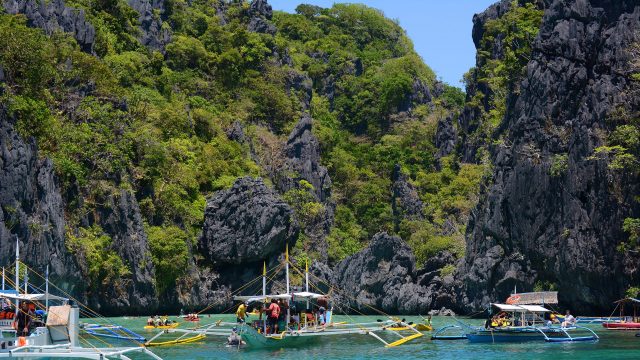
Getting a Feel for the Philippines
Published on May 17, 2016
By Louise A. Shumbris, Vice President, Product Development & Operations, Abercrombie & Kent USA Behind every great tour experience is a phenomenal product manager – these “Modern Day Explorers” scout undiscovered experiences in new, emerging destinations, rediscover what’s new in beloved places, and get to know the community with the single goal to design enriching […]
Keep reading
